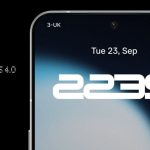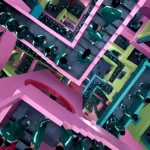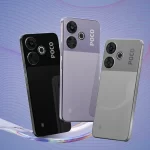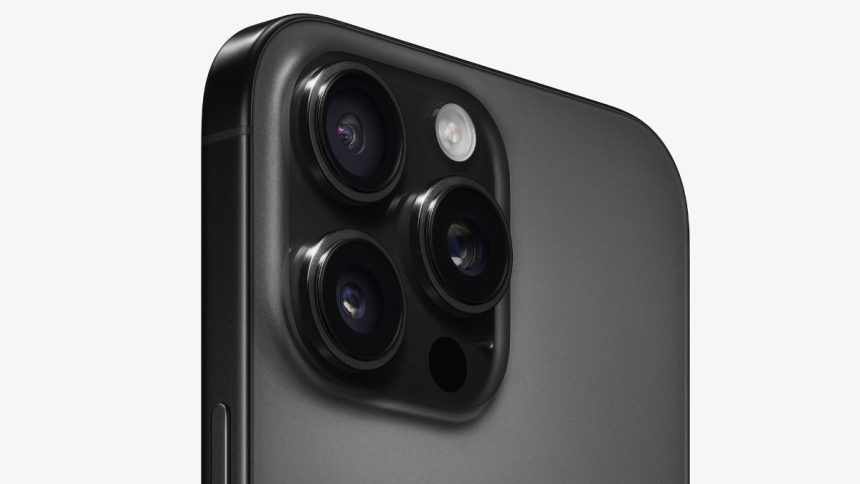Apple is reportedly developing an advanced in-house LOFIC (Lateral Overflow Integration Capacitor) camera sensor that could dramatically enhance the photography and videography capabilities of future iPhones. This new sensor technology promises up to 20 stops of dynamic range, a substantial leap from the current 12-14 stops seen in existing iPhone models. This level of dynamic range rivals that of professional cinema cameras and even approaches the human eye’s capacity to perceive light and detail levels.
The innovative LOFIC sensor is designed with a two-layer “stacked” architecture: the sensor die captures the light, while the underlying logic die handles processing tasks such as noise reduction and exposure control on-chip. Each pixel in the sensor can manage light overflow intelligently by storing charge on multiple capacitors simultaneously, allowing it to accurately capture both very bright highlights and very dark shadows in a single shot without losing detail. This technology enables sharper, cleaner images and videos with less reliance on computational tricks that sometimes degrade fine detail.
Apple’s patent describing this sensor also highlights real-time on-pixel noise cancellation circuitry, which detects and cancels thermal noise electronically at the pixel level before image processing. This leads to clearer low-light performance without needing heavy post-processing.
Currently, Apple largely depends on Sony for its camera sensors, but this move signals a strategic effort towards greater self-sufficiency and tighter hardware-software integration, mimicking Apple’s approach with custom chips in its devices. The LOFIC sensor may debut in future devices such as the iPhone 18 or later and might also enhance Apple’s mixed-reality headsets like the Vision Pro.
If realized, this sensor could allow iPhones to capture cinema-quality HDR videos and professional-grade photos, redefining mobile photography by combining hardware innovation with Apple’s computational photography prowess.






